When I read the blurb of There’s Gunpowder in the Air, I couldn’t help but be reminded of an iconic scene from the popular Hindi film Sholay. The scene where Jai and Veeru are ostentatiously planning a jailbreak in full hearing of the prisoner they know to be a mole planted by the jailer. The scene and what follows becomes a source of comic relief in the film. It is at this point that the similarity between the Sholay scene and the novel ends.
We encourage you to buy books from a local bookstore. If that is not possible, please use the links on the page and support us. Thank you.
Longlisted for the JCB Prize 2019, There’s Gunpowder in the Air is penned by Manoranjan Byapari. The life of the writer seems no less than the plot of a Dickensian novel. He is a man who taught himself to read and write at the age of twenty-four while in prison. He has been in first-hand contact with the Naxals, worked as a rickshaw puller, worked as a cook and was inspired to write for the first time by a chance meeting with Mahasweta Devi. There’s Gunpowder in the Air is a novel that springs directly from his experiences and political leanings.
The story is simple. Set in Bengal at a time when the Naxalbari Movement is becoming stronger every day, the young Naxal prisoners plan a jailbreak. But, unknown to them, a petty thief named Bhagoban has been planted as a mole by the jailer. What happens to their plan and the long-lasting repercussions of their attempts are a large chunk of the story.
There is no doubt that this is a political novel, written from a specific political vantage. The narrator is in awe of the young naxal prisoners and presents them to the readers in the most glowing terms. They are “arrogant and audacious fire-eaters” and “firebrand youngsters” who have kept the entire prison system on tenterhooks because of their bravery and fearlessness.
The many politics of people
But, There’s Gunpowder in the Air takes off from its political foreground, as it explores not just prison dynamics, but also the lives and histories of the young breakaway prisoners and those on the inside, like Bhojon and Bhagoban.
These stories become a tale of oppression and power in society, something that continues to be political without necessarily belonging to a particular ideology.
After the point that Bhagoban enters the cell of the Naxals, the novel comes to be dominated by the characters and their stories rather than political ideology. This is one of its greatest strengths and raises it to a different level altogether, as we move past parochial ideas of pro and anti-government, and into the realm of the stories, histories and more of sentient beings, including humans, ghosts and even cats.
While the first two chapters are slow and painstakingly introductory, the novel gathers pace after that. There are meetings and plans, and even repercussions and lasting impact of all the work that leads to the jailbreak, which read nothing short of a thriller.
It’s to Byapari’s credit (and to Arunava Sinha’s translation) that the book resists being pigeonholed into a genre, and even though it is clear that the young naxals are the book’s heroes, as the story progresses, the secondary characters come alive as well.
There is critique to be made of the binary portrayal of characters; those unsympathetic towards the Naxal cause come across as either corrupt or scared for their own safety and those sympathetic to it are elevated to hero status. Pagla Daktar, Bhagoban and Bhojon belong to the latter; while the jailer and most other officials belong to the former.
Let’s talk about style
Byapari writes in short, sparse sentences and gives detailed descriptions. This works against the story in the first two chapters when the book threatens to stick to a documentary-style of narration, but thankfully, picks up at the end of the second chapter and the human is back in the game.
There’s Gunpowder in the Air is full of instances of dark humour. We have a ghost for whom a special meal is cooked every day, a guard who likes to play practical jokes creating a ruckus in the prison, the hungry cat Haloom, and prisoners who enjoy the security a prison offers in terms of meals and shelter. Byapari has also used many colloquialisms which Sinha has kept intact.
This adds to the flavour of the book. Some parts of certain characters’ speech are in Bengali while the words like “bandiswala”, “egrari”, “pagla daktar”, “faltu” enhance the reading experience.
Favourite Quote:
A prisoner can’t be accused of doing anything worse than confessing in court. The lawyer who takes a bribe from the opposite side to lose his case deliberately, the soldier who takes a bullet in his back while fleeing – they are traitors to their profession, and so is a professional criminal who becomes egrari.
We would recommend you buy it from a store. If you do buy online, though, here’s a link.











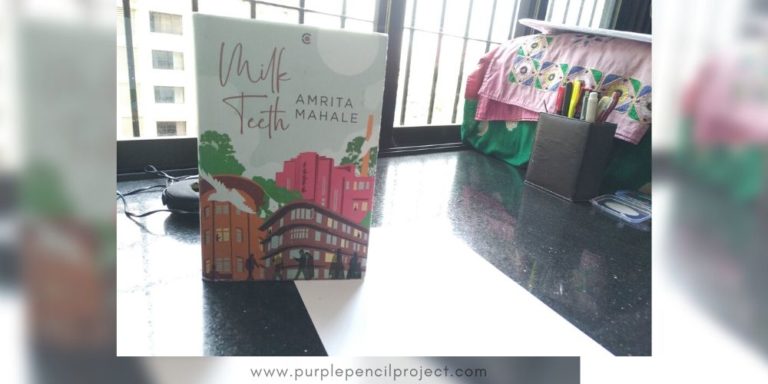
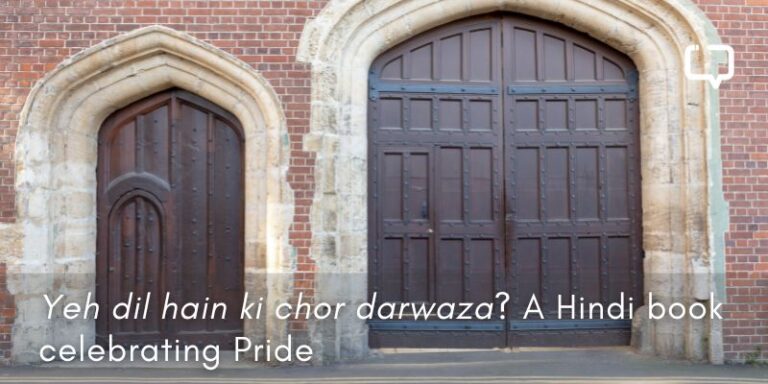

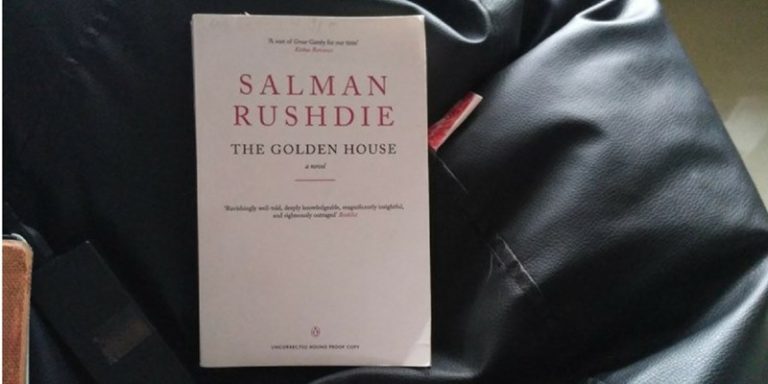
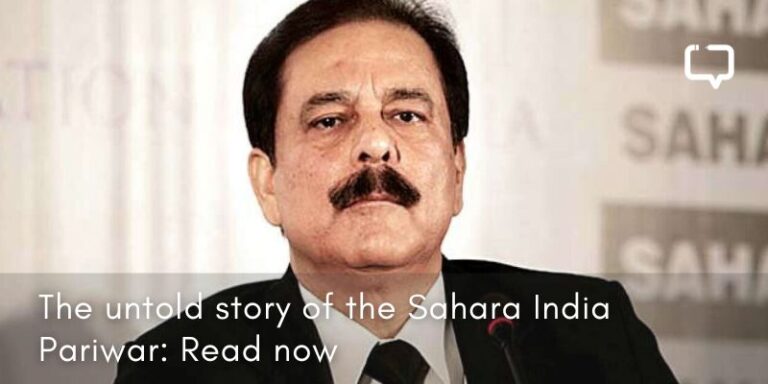




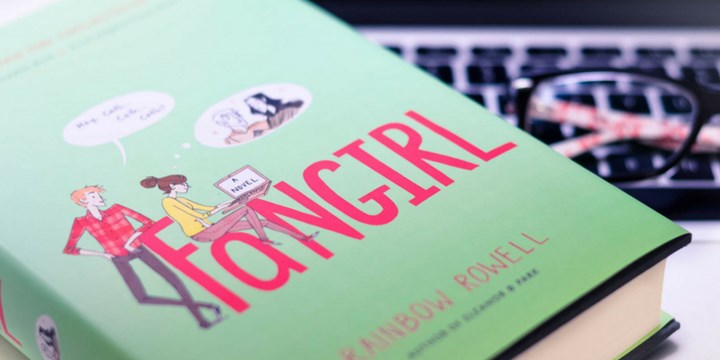



2 Responses
Nice Review, Sneha. Byapari inspired to write after a chance meeting with Mahaswetha Devi, that mention makes me want to pick this book all the more, already shortlisted for JCB prize 2019 and longlisted for DSC prize 2019, reasons to read this, more than one, definitely!